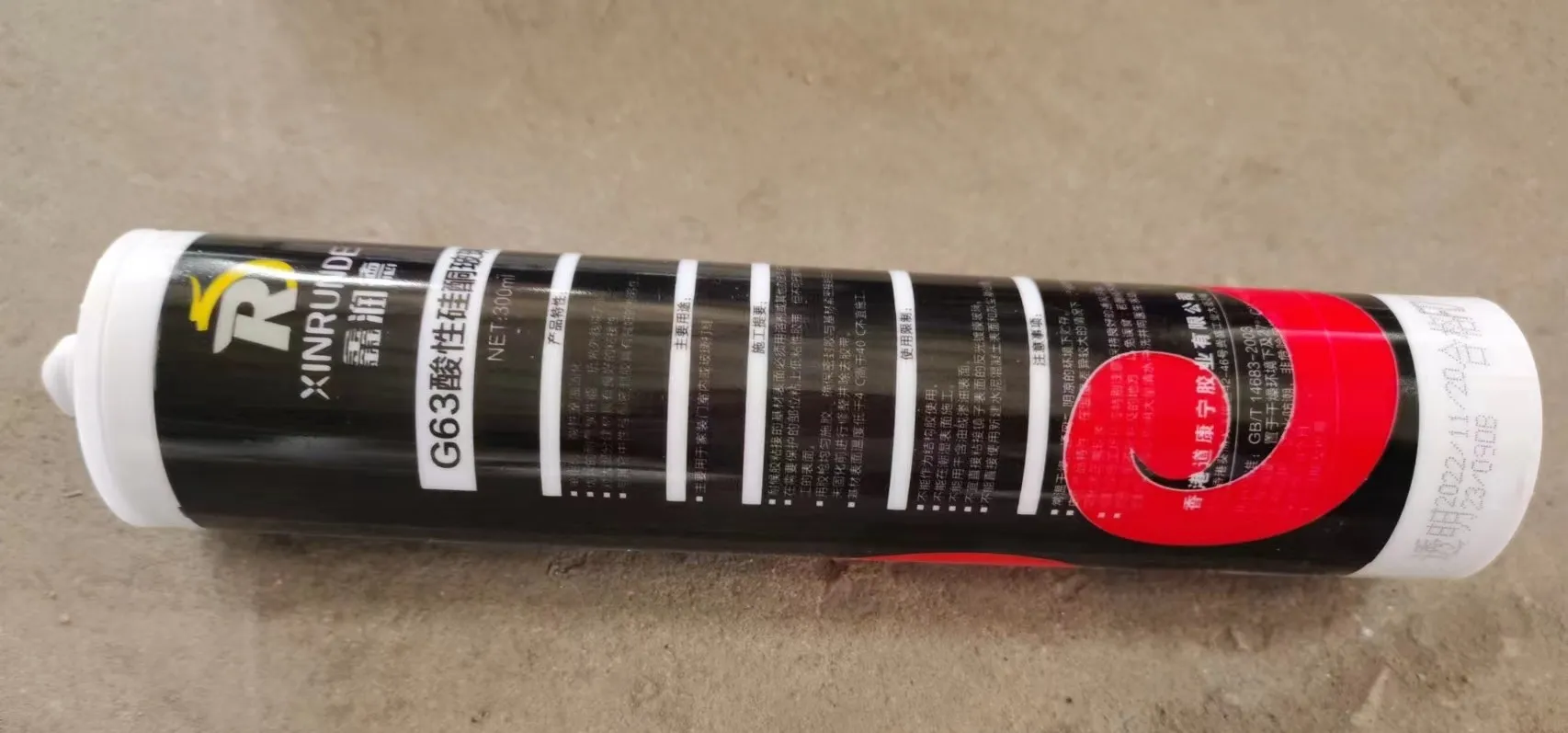loading...
- No. 9, Xingyuan South Street, Dongwaihuan Road, Zaoqiang County, Hengshui, Hebei, China
- admin@zjcomposites.com
- +86 15097380338
- Welcome to visit our website!
Membrane Housing Solutions for Water Treatment
Understanding Membrane Housing Key Concepts and Applications
Membrane housing plays a crucial role in various industries, particularly in water treatment, food processing, and pharmaceuticals. These components are essential for housing semi-permeable membranes that facilitate the separation of substances based on molecular size and properties. In this article, we'll explore the significance of membrane housing, its types, and key applications.
At its core, membrane housing is designed to protect delicate membranes while providing the necessary conditions for effective separation processes. The housing must withstand high pressure, temperature fluctuations, and corrosive chemicals, depending on the specific application. Typically constructed from durable materials such as stainless steel, fiberglass, or high-density polyethylene, these housings must also be designed to ensure optimal flow patterns and minimize fouling, which can hinder performance.
There are several types of membrane housing, each tailored to specific filtration techniques, such as reverse osmosis (RO), nanofiltration (NF), ultrafiltration (UF), and microfiltration (MF). RO membranes, for instance, are commonly utilized in desalination processes to convert seawater into potable water. The housing for RO membranes is designed to accommodate high pressure while ensuring that the feed water flows efficiently through the membrane.
membrane housing

The significance of membrane housing extends beyond just structural integrity. Its design greatly influences the overall efficiency and effectiveness of the filtration process. Well-designed housings enhance the performance of the membranes by optimizing flow dynamics and reducing energy consumption. Moreover, effective sealing and end-cap designs prevent leaks and maintain system integrity, which is vital for continuous operation in industrial settings.
Applications of membrane housing span various sectors. In the water treatment industry, it facilitates the purification of drinking water, wastewater treatment, and brine management. In the food industry, membrane filtration is employed for product clarification and concentration, significantly improving shelf life and safety. Moreover, in the pharmaceutical sector, membrane housing is critical for the sterile filtration of drugs and vaccines, ensuring product purity and compliance with regulatory standards.
In conclusion, membrane housing is a fundamental component of modern separation technologies. Its design and functionality are key to improving efficiency and effectiveness across various applications. As industries continue to seek sustainable solutions for water and resource management, the evolution of membrane technology will undoubtedly play an integral role in shaping future innovations. Understanding the intricacies of membrane housing is thus essential for anyone involved in these sectors.
-
Premium FRP Handrail for All ApplicationsNewsAug.29,2025
-
Low Maintenance FRP Mini Mesh Grating ProductsNewsAug.29,2025
-
Innovative FRP Square Tubes for Modern Industrial SolutionsNewsAug.29,2025
-
FRP Water Storage Tanks Wholesale Solutions for Bulk BuyersNewsAug.29,2025
-
FRP Molded Grating Solutions for Diverse Industrial ApplicationsNewsAug.29,2025
-
Construction Advancements Through FRP Pultruded ProfilesNewsAug.29,2025
-
Why Choose FRP Railings, Guardrails, and Handrail Systems?NewsAug.29,2025
